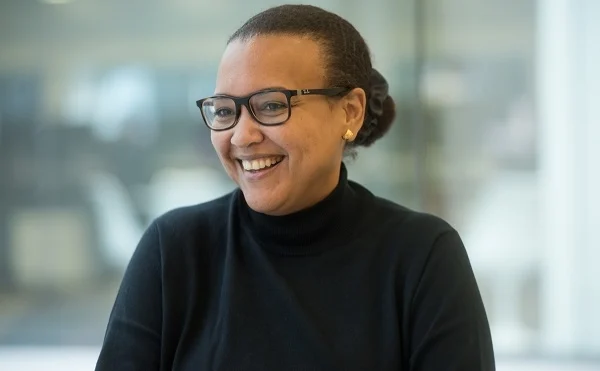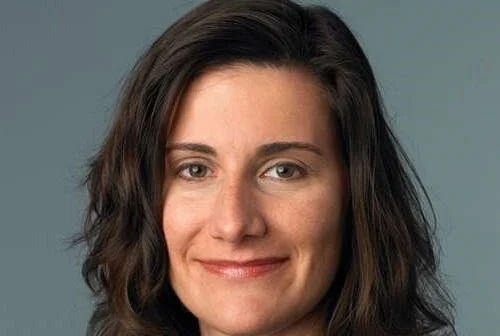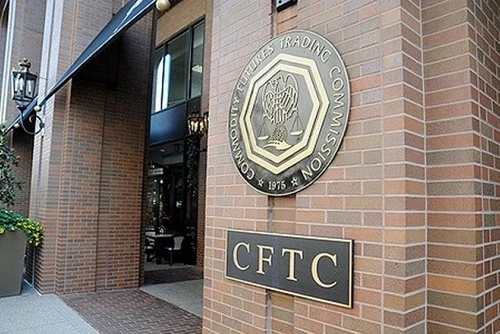Props should consider if any part of the order chain could benefit from automation
By Sam Tyfield
At FOW's event 'TheEvolution of Proprietary Trading' on March 4th, there was some livelydiscussion about the future of point-and-click trading and other non-automatedtrading strategies.
What was clear (andshould be emphasised) is that there exists in the markets:
* Space and opportunities for traders across the entirespectrum of trading strategies and methodologies; and
* Opportunities for all traders to benefit fromautomation in one form or other.
In relation to thefirst point, the higher frequency strategies can provide benefits to othermarket participants by warehousing short-term risk over short time periods andthe more ‘human’ strategies and participants can warehouse longer-term riskover longer periods or by taking into account different inputs andgoals.
There has been a significant amount of discussion on both sides of theAtlantic about making markets ‘safer’ and re-enforcing trust in the secondarymarkets for retail and institutional investors. There is space therefore fordifferent strategies and different participants with different riskconsiderations, time horizons, data inputs and execution methodologies. Havingaccess to enormous amounts of data, vast processing capabilities, co-locationetc does not necessarily make or break a strategy or prove that one participantwith those will (or will not) be successful.
Similarly, not having those willnot make a participant successful or unsuccessful. If a participant has abuy-and-hold strategy then (provided that its risk limits are not tripped byprice movements during the hold period) strategies or participants withdifferent trading/hold periods should actually be beneficial to thatparticipant when (if) it comes to buy or sell the instruments/products itwants/holds.
Hopefully, there should be space for all types oftraders/investors and all types of strategies. The trick is for each of them toknow against whom they are competing for revenue and ensure that whatever toolsthey need to do so, they have. Which leads us to the second point...
One panelist on the‘Algo Opportunities for Prop Traders’ panel has established recently a prop-tradingfirm, which, currently, is mainly point-and-click. His intention is to automatemuch of the processes from order formation to execution, but to do so, he willidentify which parts of the order chain should be automated (and how) as thefirm and the strategies develop.
He will use tools available as necessary (mostbought, rather than built) in order to do so. And who knows, perhaps it will bethe case that because the strategies which are running do not need to be ‘HFT’nor to have infrastructure which is co-located etc, there will remain some or asubstantial portion of the order chain which is manual.
The trick is toidentify which processes could benefit him (or free him up to do clever thinkystrategy stuff) by becoming automated. Someone at the event described suchautomated processes as like having an “iClerk”; a clerk one does not have topay, who does not take lunch breaks, who doesn’t get bored, who won’t takeholidays and who doesn’t get your order wrong at Alfredo’s.
Long-and-short isthat every market participant *should* consider whether any part of his/herorder chain could benefit from automation but not consider that it has tobecome HFT or fully automated, unless his/her strategies demand that to be thecase. Viva the Grey Box.


